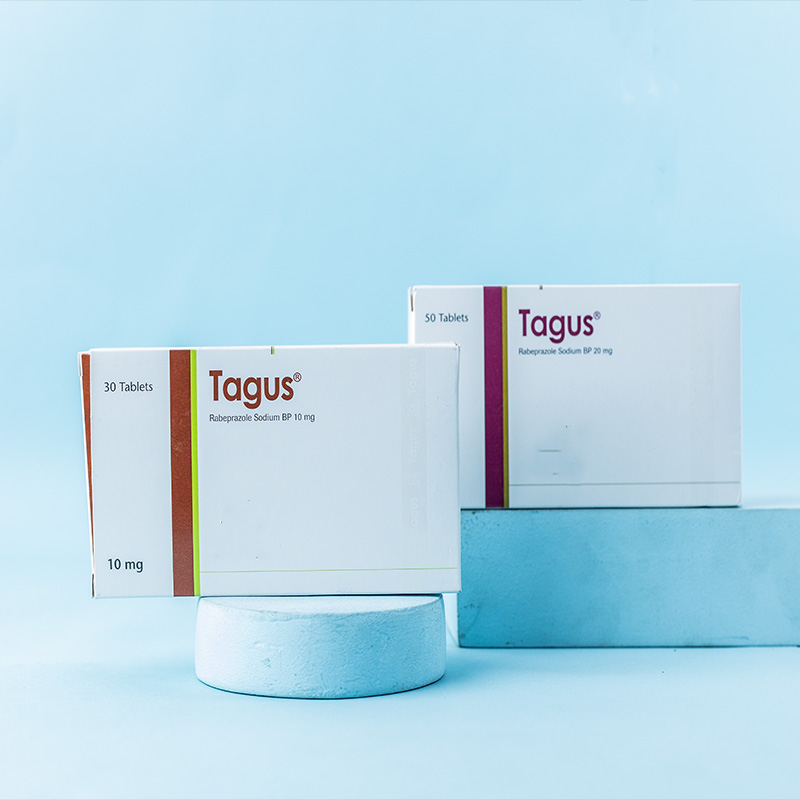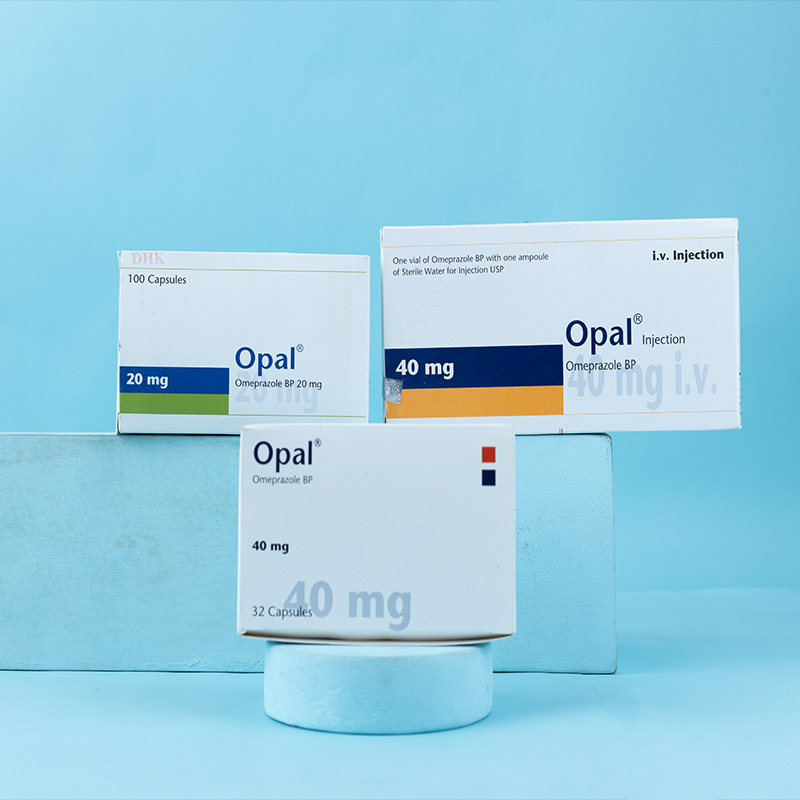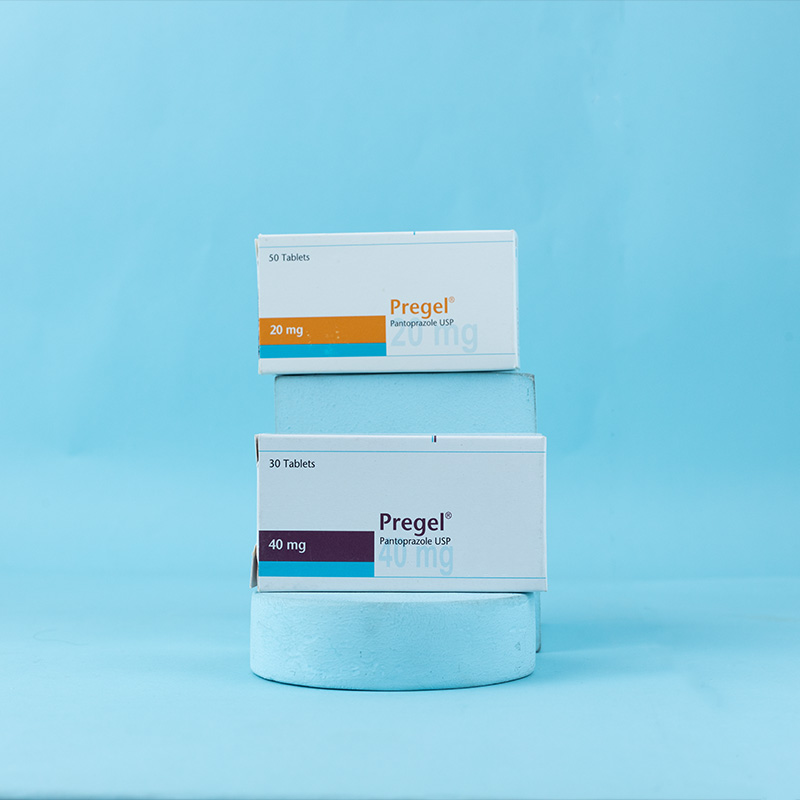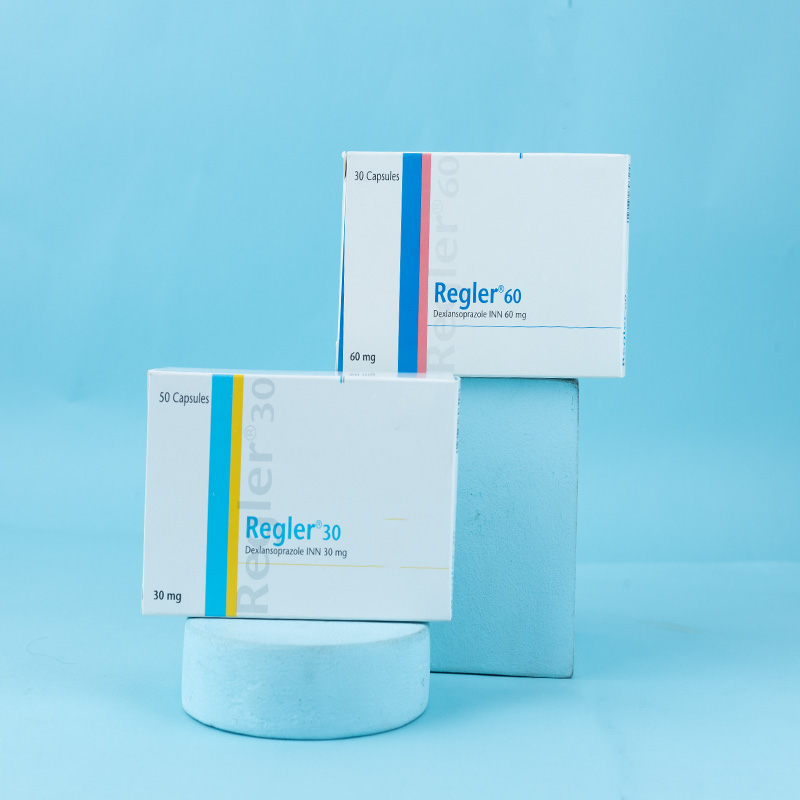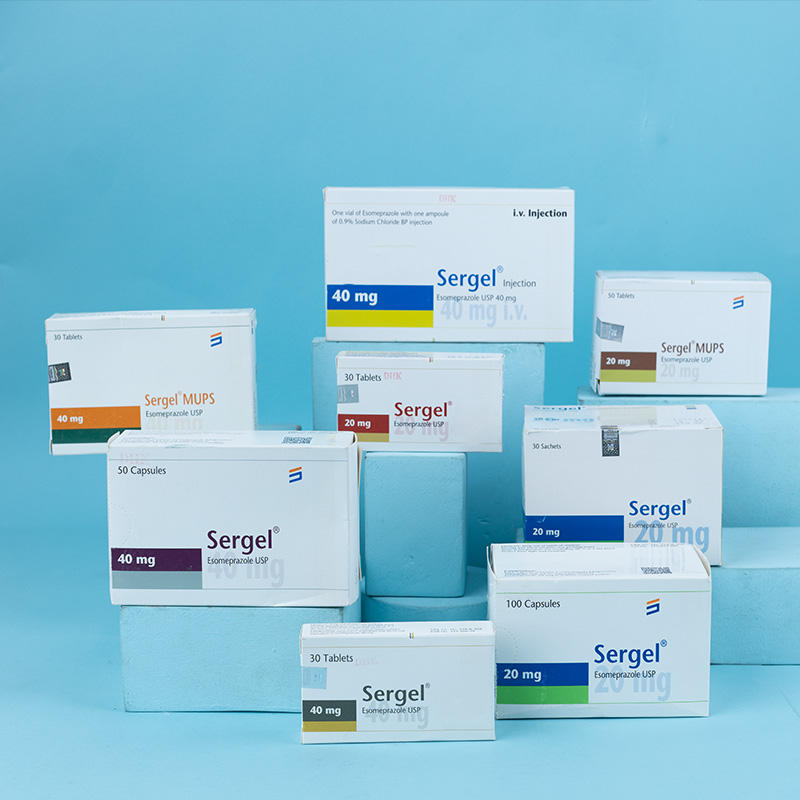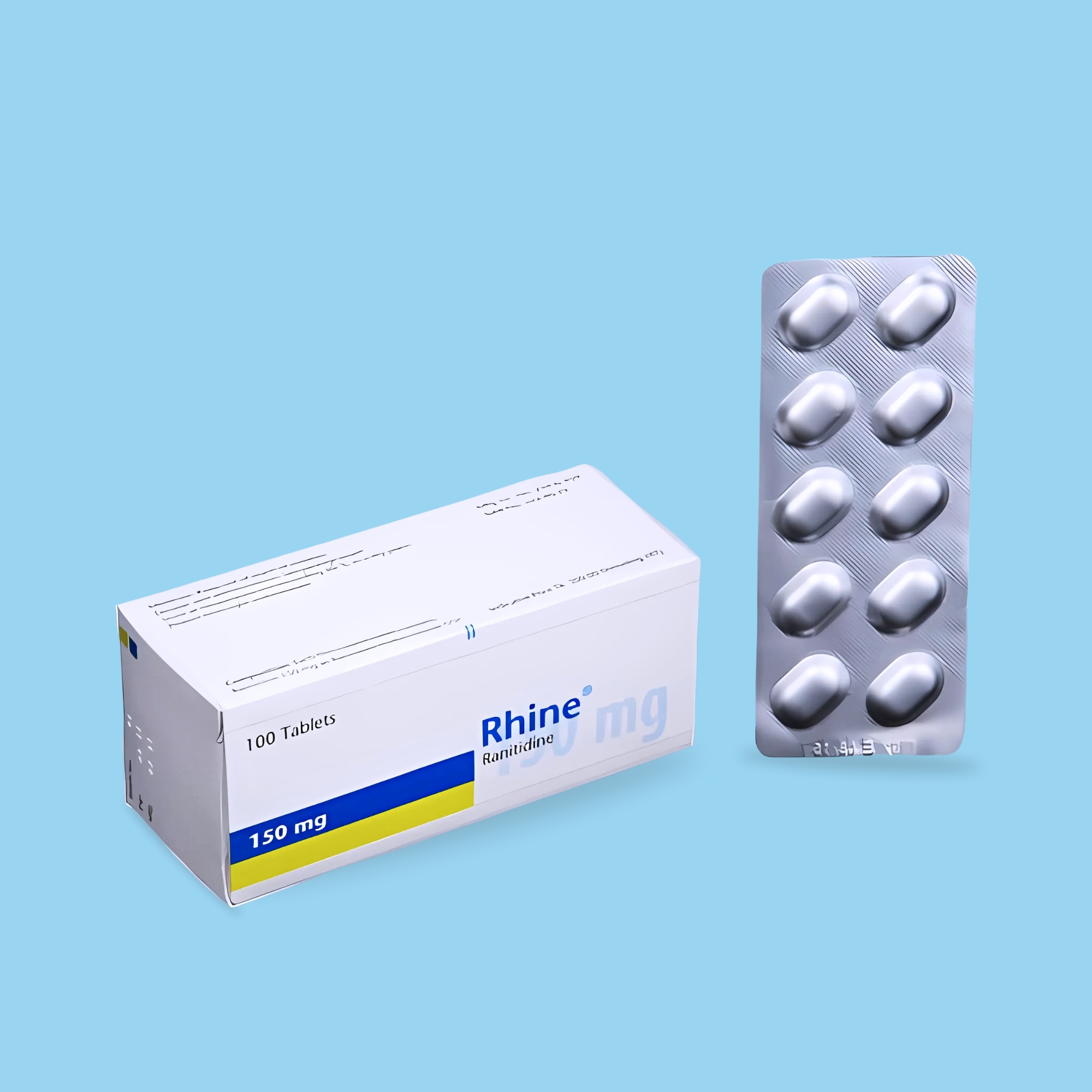Tagus® capsule 10 mg: Each capsule contains Rabeprazole Sodium BP 10 mg in enteric-coated pellets.
Tagus® capsule 20 mg: Each capsule contains Rabeprazole Sodium BP 20 mg in enteric-coated pellets.

Rabeprazole is a proton pump inhibitor that suppresses gastric acid secretion by specifically inhibiting the H+/K+-ATPase, the "Proton Pump" of the gastric parietal cell.

Swallow the Rabeprazole capsule whole with a glass of water. The capsule must not be chewed or crushed. For the treatment of duodenal ulcers, take the Rabeprazole delayed-release capsules after a meal. For Helicobacter pylori eradication, take the Rabeprazole capsule with food. For all other indications, the Rabeprazole capsule can be taken with or without food.

After oral administration of a 20 mg Rabeprazole delayed-release capsule, peak plasma concentrations (Cmax) of Rabeprazole occur over a range of 2 to 5 hours (Tmax). The Cmax and AUC of Rabeprazole are linear over an oral dose range of 10 mg to 40 mg. There is no appreciable accumulation when doses of 10 mg to 40 mg are administered every 24 hours; the pharmacokinetics of Rabeprazole are not altered by multiple dosing.

Absolute bioavailability for a 20 mg oral capsule of Rabeprazole (compared to intravenous administration) is approximately 52%. When Rabeprazole delayed-release tablets are administered with a high-fat meal, Tmax is variable, and concomitant food intake may delay absorption by up to 4 hours or longer. However, the Cmax and the extent of Rabeprazole absorption (AUC) are not significantly altered. Therefore, Rabeprazole capsules may be taken without regard to the timing of meals.

Rabeprazole is 96.3% bound to human plasma proteins.

Rabeprazole is extensively metabolized. A significant portion of Rabeprazole is metabolized via systemic nonenzymatic reduction to a thioether compound. Rabeprazole is also metabolized to sulfone and desmethyl compounds via cytochrome P450 in the liver. The thioether and sulfone are the primary metabolites measured in human plasma. These metabolites were not observed to have significant antisecretory activity. In vitro studies have demonstrated that Rabeprazole is metabolized in the liver primarily by cytochrome P450 3A (CYP3A) to a sulfone metabolite and cytochrome P450 2C19 (CYP2C19) to desmethyl Rabeprazole. CYP2C19 exhibits a known genetic polymorphism due to its deficiency in some sub-populations (e.g., 3 to 5% of Caucasians and 17 to 20% of Asians). Rabeprazole metabolism is slow in these sub-populations, and they are referred to as poor metabolizers of the drug.

Following a single 20 mg oral dose of 14C-labeled Rabeprazole, approximately 90% of the drug was eliminated in the urine, primarily as thioether carboxylic acid, its glucuronide, and mercapturic acid metabolites. The remainder of the dose was recovered in the feces. Total recovery of radioactivity was 99.8%. No unchanged Rabeprazole was recovered in the urine or feces.

Rabeprazole capsules are contraindicated in patients with known hypersensitivity to any component of the formulation.

Rabeprazole capsules should be used with caution in patients with severe liver dysfunction and severe renal impairment.

The most common adverse reactions in adults (>2%) are pain, pharyngitis, flatulence, infection, and constipation.
The most common adverse reactions in adolescents (≥2%) are headache, diarrhea, nausea, vomiting, and abdominal pain.

Rabeprazole is metabolized by the Cytochrome P-450 (CYP-450) drug-metabolizing enzyme system. Rabeprazole does not have clinically significant interactions with other drugs metabolized by the CYP-450 system, such as warfarin, theophylline, diazepam, and phenytoin, etc.

There is no experience with large overdoses of Rabeprazole. The maximum reported overdose is 80 mg. There are no clinical signs or symptoms associated with any reported overdose. Patients with Zollinger-Ellison syndrome have been treated with up to 120 mg of Rabeprazole once daily. No specific antidote for Rabeprazole is known.

There are no available human data on Rabeprazole capsule use in pregnant women to inform the drug-associated risk. Lactation studies have not been conducted to assess the presence of Rabeprazole capsules in human milk.

The safety and effectiveness of Rabeprazole capsules have been established in pediatric patients aged 12 years and older.

No dosage adjustment is necessary in patients with mild to moderate hepatic impairment.

Store at a temperature not exceeding 25 ºC in a dry place. Protect from light and moisture.


